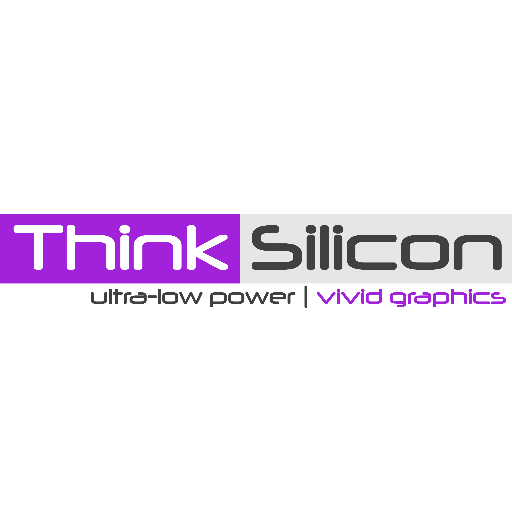Think Silicon announced this week at the IOT Solutions World Congress its NEMA|GFX API (Application Programming Interface) designed to accelerate high quality Graphics User Interface (GUI) development for embedded and wearable devices. The key differentiation from other API offerings is support for ultra-low power functions without the overhead of unnecessary programming instructions for IoT (Internet of Things) hardware.
A System-on-Chip (SoC) with Cortex-M or A microcontroller paired with the NEMA GPUs and NEMA Display Controller is the precise combination for the NEMA | GFX API that offers developers direct access to the full spectrum of capabilities to create appealing GUIs for ultra-low power devices.
The NEMA | GFX API provides small memory footprint optimization that eliminates the need for costly external memory; GUI image enhancements for perspective correct 3D projection, transparency/alpha blending, color keying, multi-function image processing; and performance and power-optimized code provides flexibility in development for programmers.
It also supports multiple color formats for both source and destination textures; support for multiple operating systems and non-OS systems (including real-time operating systems) in resource constrained environments; and Command List support decouples CPU and GPU execution and provides the ability to reuse a Command List multiple times resulting in lower CPU utilization.
The NEMA | GFX API offers developers support for a variety of geometric primitives. The API also allows for affine and 3D transformations including 2D/3D rotation, scaling, shearing, and more. A complementary element, NEMA |GFX Utils, provides access to high-level operations such as events, image processing functions and memory allocation algorithms. The combination of these tools supports high quality GUI development.
“We’ve designed the NEMA | GFX API from scratch to significantly reduce application development by providing a minimal yet very powerful set of functions,” said Ulli Mueller, vice president for marketing and business development of Think Silicon. “By including the frame buffer and software libraries all in the SoC on-chip memory, we eliminated any customer’s need for costly external memory. The dedicated support for a fast, low-power executable empowers developers with the essential building blocks for use with NEMA GPUs to create new classes of embedded and wearable hardware.”
Think Silicon unveiled in July heterogeneous NEMA GPU-WEAR project has been granted €1.34 M ($1.56M) from EU’s Horizon 2020 SME Instrument program.
The NEMA GPU-WEAR is a novel platform to develop and implement ultra-low power, heterogeneous, multicore GPU technology, for SoCs.
The platform is designed, to extend battery life by decreasing the power-consumption by an order of magnitude for the next generation of mobile, wearable and embedded devices while running fast, graphically rich display and 4K video applications.




